Hunting & Trapping Newsletter
The New York State Department of Environmental Conservation sent this bulletin on 03/13/2019 01:27 PM EDT |
| DEC Delivers - Information to keep you connected and informed from the NYS Department of Environmental Conservation |
| Share or view as a web page || Update preferences or unsubscribe |
Hunting & Trapping Newsletter |
DEC Announces 2018 Bear Harvest Results
New York State bear hunters took 1,295 black bears during the 2018 hunting seasons. Hunters took an estimated 804 black bears in New York's Southern Zone in 2018, about 20 percent fewer than 2017 and the recent five-year average. With reduced natural forage for bears this past fall and deep snows in mid-November prior to the regular firearms season, many bears went into dens a few weeks earlier than normal. As a result, although bear take through the early season and bow season was comparable to 2017, take during the regular season declined by more than 40 percent from 2017. Similarly, hunters took about 45 percent fewer bears during the Northern Zone regular season in 2018 than they did in 2017. However, bear take during the early season was particularly strong, with nearly a three-fold increase over 2017 and 50 percent increase over the five-year average. Thus, in total, hunters took an estimated 491 bears in the Northern Zone, about 25 percent more than 2017 and on par with the historical average. For more information and other notable numbers on the bear harvest, view the press release and bear harvest pages. DEC Announces Duck Hunting Season Dates for 2019-2020Choosing duck season dates in each zone is a challenging task. Duck hunters have strong preferences depending on which species they hunt or the type of habitats where they have access to hunt. DEC and Cornell University, with input from the waterfowl hunter task forces, recently completed a two-year effort to identify the duck season dates that best meet the interests and values of duck hunters. The process directly incorporated input from nearly 3,000 of the 18,000 duck hunters in New York State and duck abundance and migration data that is specific to each zone. Below is the season date structure in each zone for the next five duck seasons (2019-2020 through 2023-2024), barring any changes to the number of days allowed by the federal framework (i.e. if the season length is shortened). For detailed information on how these season date structures were identified, please click on the links below for your specific zone.
Lake Champlain Waterfowl Zone Public Hearings
Under federal regulations, the waterfowl hunting dates in the Lake Champlain Zone must be uniform in both New York and Vermont. Season dates are set in the entire zone by the Vermont Fish and Wildlife Management Board, with consultation from DEC and input from hunters in both New York and Vermont. Hunters interested in providing feedback for consideration by the board can attend any of the public hearings held jointly by DEC and the Vermont fish and Wildlife Department.
Where do NY American Woodcock Migrate?
This fall, DEC began the first year of a multi-year collaborative research project working with numerous state and federal government agencies, the Ruffed Grouse Society, American Woodcock Society, SUNY Cobleskill, and the University of Maine to better understand woodcock migration in the eastern management unit. New York woodcock were captured by biologists and technicians using mist nets at night in several areas across the state. Satellite GPS transmitters were attached to birds that met specific weight requirements. These small (4- 6.3 gram) transmitters send daily locations via satellites that allow biologists to track their movements without having to recapture them.
Of the nine transmitters deployed in NY, many have already reached their southern wintering grounds. Interestingly, several that were marked in the same location chose to take very different routes on their way to different wintering grounds. The bird traveling the farthest west is currently in Arkansas after stops in Alabama and Mississippi! You can follow the migration live. For more information on the project and the research objectives, visit the NYSDEC migratory game bird research webpage. DEC Announces "WomenHuntFishNY" Photo Contest Winners
After the contest was announced late last year, DEC received more than 2,000 photo entries, accompanied by hundreds of inspiring stories. The winning hunting images were divided into six categories: • Before the Hunt, Genesee County: Renata Canaday (photographer), Carey Killion (subject) Winning entries will be featured in this year’s New York State Hunting and Trapping Regulations Guide and future issues of the Conservationist magazine, in social media posts, on the DEC website, and other outreach efforts. While this fall’s contest focused on women hunters, DEC also received hundreds of fishing photos that will automatically be entered in a fishing photo contest that will be announced later this spring. To view more photos that were entered in the contest, visit DEC's photo album on Flickr. Women's Hunting 101 to be held May 4-5
Earn your NYS Hunter Education Certification* with other women, taught by women!
This Beyond BOW event is an All Women’s Hunting Workshop for women ages 18+ who do not yet have their Hunter Education Certification. Location: Amahami Girl Scout Camp, Deposit, NY Workshop Times: Registration Fee: $110 View or download the official flyer. For more information, contact: Taking Steps to Avoid Conflicts with CoyotesIt’s that time of year again when many of New York's resident coyotes are setting up dens for pups that will arrive this spring. Coyotes are well adapted to suburban and even some urban environments, and for the most part they will avoid contact with people. However, conflicts with people and pets may result as coyotes tend to be territorial around den sites during the spring through mid-summer. They need to search almost constantly to provide food for their young.
Coyotes are found throughout the state. Incidents with people or pets are rare, but it is important to be aware of the presence of coyotes so steps can be taken to reduce the chance that a negative interaction occurs. While coyotes that reside in suburban environments are tolerant of people, it is important to take steps to maintain coyotes’ natural wariness of people. This can include removing sources of food, not allowing coyotes to approach people or pets, and not letting pets roam freely and unsupervised. Contact your local police department and DEC regional office for assistance if coyotes are exhibiting "bold" behaviors and have little or no fear of people. While coyotes are an integral part of our natural ecosystem and provide many benefits, we strongly encourage all New Yorkers to do their part and follow common-sense tips to ensure coyotes remain wary of people and minimize the chance of conflicts. Brush Burning Prohibited in NYS March 16 through May 14
Even though much of the state is currently blanketed in snow, warming temperatures can quickly cause wildfire conditions to arise. DEC posts daily a fire danger rating map and forecast during fire season on its website and on the NY Fishing, Hunting & Wildlife App available on DEC's website. Currently, wildfire conditions in the state are low risk. Historically, open burning of debris is the largest single cause of spring wildfires in New York State. When temperatures are warmer and the past fall's debris, dead grass, and leaves dry out, wildfires can start and spread easily and be further fueled by winds and a lack of green vegetation. Violators of the state's open burning regulation are subject to both criminal and civil enforcement actions, with a minimum fine of $500 for a first offense. To report environmental law violations call 1-800-TIPP DEC (1-800-847-7332), or report online on DEC's website. For more information, visit DEC's Learn Before You Burn web page.
|


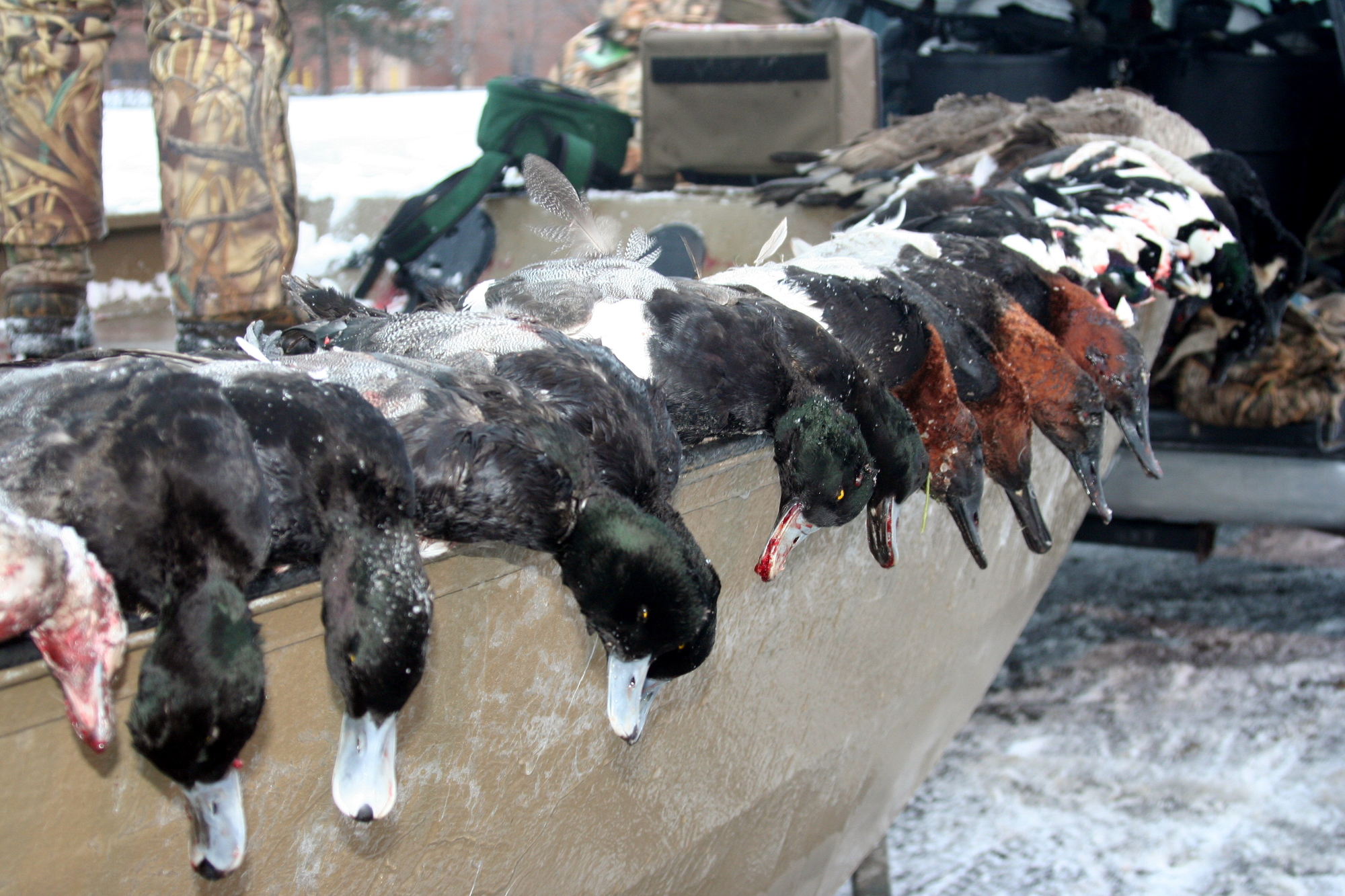
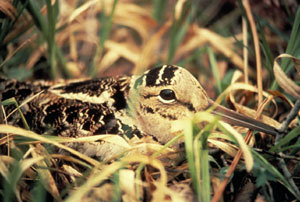
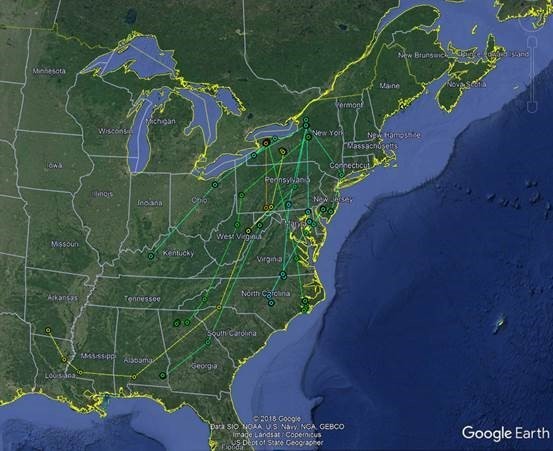
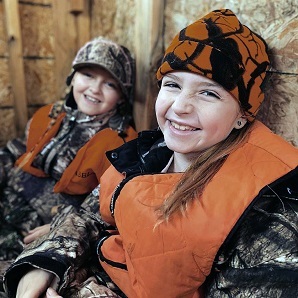 In celebration of International Women’s Day (March 8) and Women’s History Month, DEC Commissioner Basil Seggos
In celebration of International Women’s Day (March 8) and Women’s History Month, DEC Commissioner Basil Seggos 
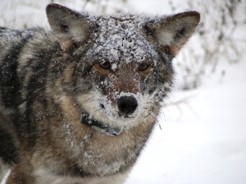
 DEC Commissioner Basil Seggos
DEC Commissioner Basil Seggos